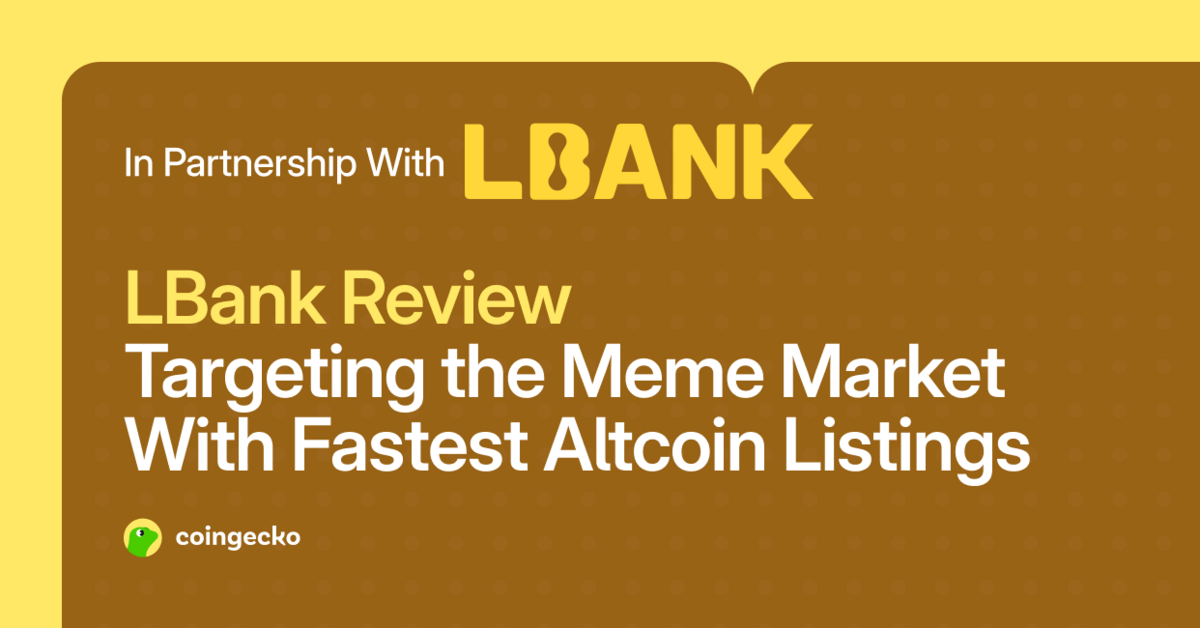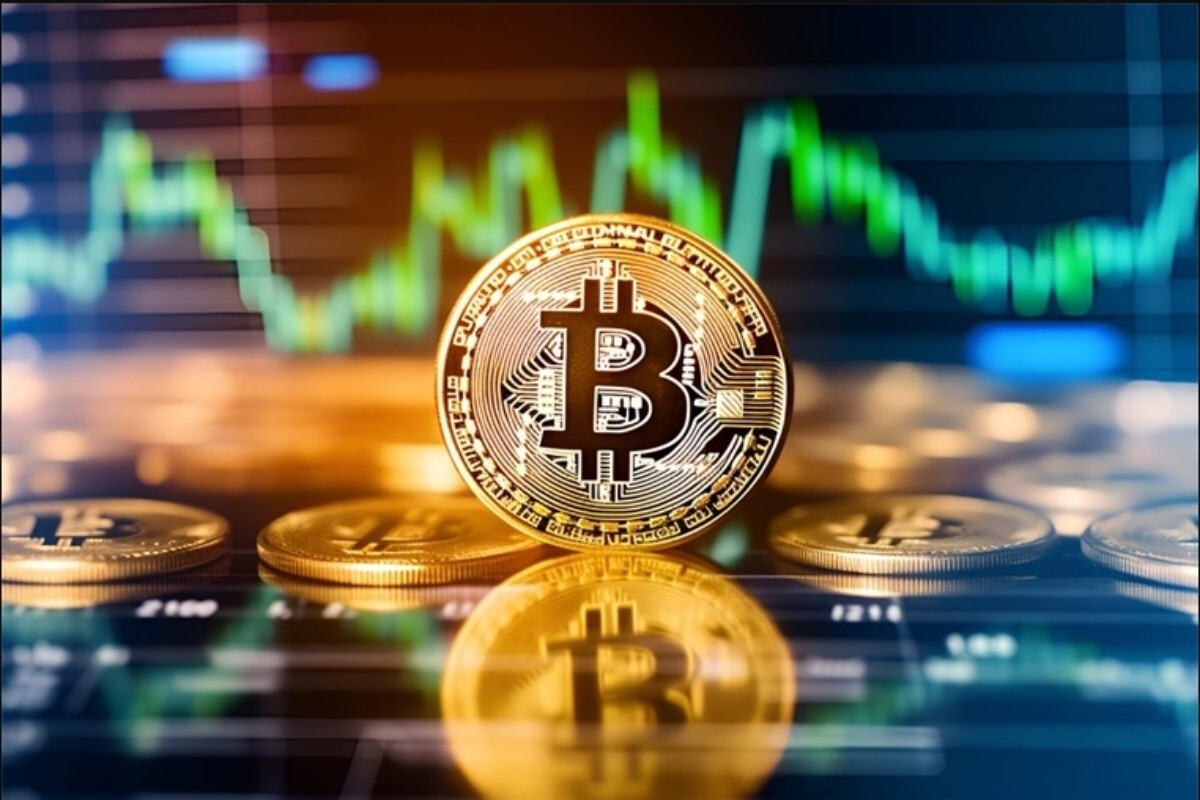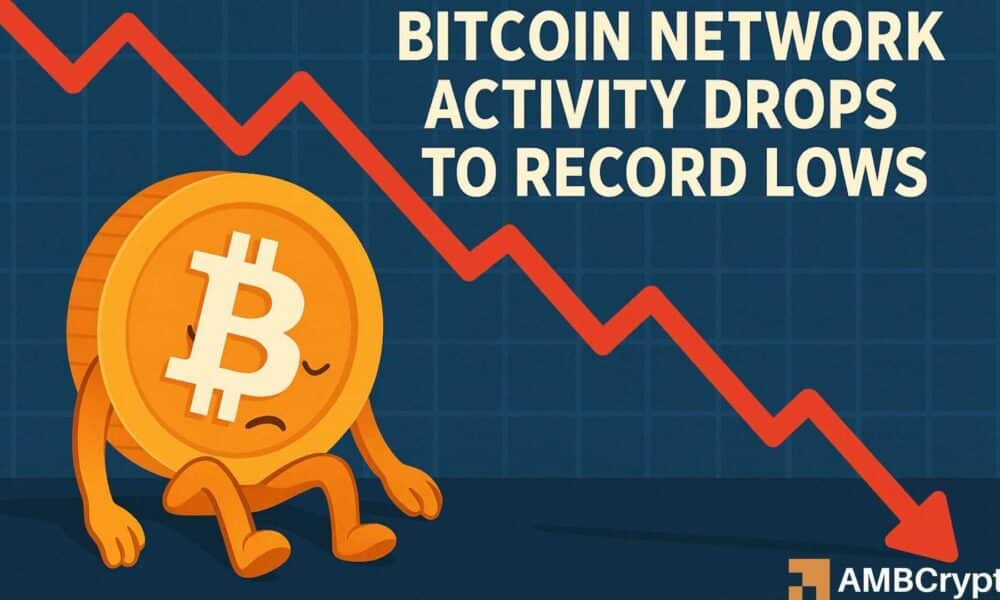As anticipation builds for a potential altcoin season, investor sentiment remains conflicted amid growing concerns over the quality and transparency of many newly listed tokens.
While some traders are positioning for an upside in smaller-cap digital assets, skepticism is mounting around the increasing number of questionable altcoins appearing on centralized exchanges.
These tokens, often backed by little more than hype or obscure teams, are raising red flags across the industry.
Altcoin Market Quality Declining
DeFiance Capital founder Arthur Cheong, for one, has raised serious concerns about the transparency of the liquid crypto market in a recent tweet. He highlighted what he sees as the growing problem of undisclosed collaboration between crypto projects and market makers, which may result in artificially sustained token prices.
In a recent tweet, Cheong warned that this lack of transparency makes it difficult to distinguish between organic market activity and price manipulation. He also criticized centralized exchanges (CEXs) for ignoring these practices, which he believes are eroding trust in the altcoin market. Cheong even said that the current landscape is similar to a “lemon’s market,” where investor confidence is rapidly declining.
Additionally, he pointed out that most token generation event (TGE) listings this year have seen prices collapse by 70-90% shortly after launch, which has left investors with massive losses. He called for major industry players to take action and warned that without reform, a significant portion of the market would remain uninvestable.
MANTRA’s OM Token Controversy
The founder’s comments come at a time as MANTRA’s OM token experienced a sharp decline, losing over 90% of its value in just a span of an hour on April 14th. The event reignited fears of insider trading and tokenomics manipulation.
The exchange highlighted major alterations to OM’s tokenomics since October 2024 and flagged unusual trading activity from related wallet addresses dating back to March.
The OM token crash adds to a growing list of failed or troubled crypto assets, a trend that has only intensified over the past decade. According to crypto wallet provider Tangem, from 2013 to 2025, over 12,000 cryptocurrencies have failed, while a total of 12,383 coins have become defunct. The main causes behind these failures range from low trading activity and project abandonment to scams and failed ICOs.
















No comments yet